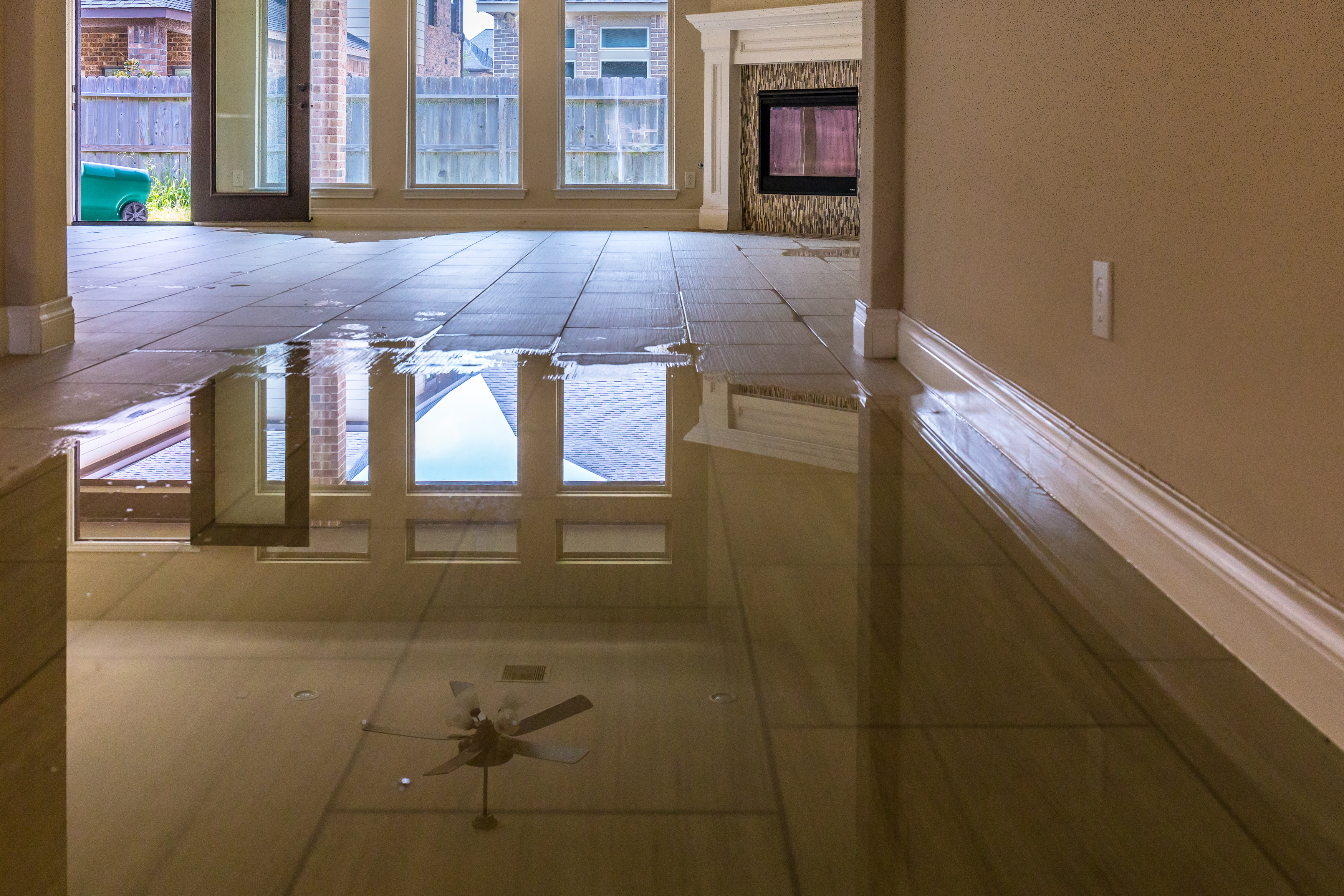How to Help Prevent Water Damage in Your Bathroom
How to Help Prevent Water Damage in Your Bathroom
Blog Article
Just how do you actually feel in regards to Common Causes of Water Damage in a Bathroom?

The restroom is very prone for wet accumulation and prospective water damages because of the constant use of water in it. This short article offers basic examination techniques to assist identifying water damage dangers.
The frequent use of water in the shower room makes it extremely prone for wet build-up as well as prospective water damages. By evaluating it regularly, you can reduce water associated problems.
The following set of inspections is simple to execute and ought to be done once in every 3 months in order to maintain your shower room in good shape as well as to stop possible water damages triggered by the bath tub, the shower, pipeline joints and plumbing, sinks, cabinets, and the toilet
Do not overlook doing these examinations and also be detailed while performing them. Keep in mind that these simple examinations can conserve you a great deal of money by providing very early signs for water damages
Sinks and also Cabinets
Sinks and also closets are revealed to dampness and also moisture daily and are frequently ignored. Evaluate consistently under the sink and also on the countertop over it. Fix any kind of drip in the catch as it might suggest drain issues. Take a look around the sink, slow-moving draining pipes may indicate a blocked drainpipe. Change sink seals if they are fractured or loosened.
Tub as well as Shower
The shower and tub need special attention and also upkeep. Inspect the ceramic tiles and change if fractured. Ensure that there is no missing out on cement between the tiles. Inspect and also change broken caulking at joints where the wall surfaces fulfill the floor or the bath tub. Blocked drains and pipelines issues will prevent the tub from drying and also might suggest serious troubles underneath the tub. Speak with a specialist quickly to avoid structural damages. Focus on discolorations or soft locations around the tub walls as they might indicate an inner leakage.
Plumbing
Signs for water damages are hard to detect considering that many pipelines are set up inside the walls.
Pay unique attention to floor covering as well as wall surfaces wetness and spots as they might indicate an unseen plumbing issue. Examine moisture degrees in adjoining areas as well.
The Commode
The toilet is a susceptible water joint. Check the water lines and also search for leakages around the toilet seat, in the tube, and under the water storage tank. If you detect any type of signs of wetness on the floor around the bathroom, look for leaks in the toilet edge and tank seals.
Know that hanging commode bowl antiperspirants increases the possibilities for clogs.
TIPS TO PREVENT WATER DAMAGE IN THE BATHROOM
The average household uses approximately 80-100 gallons of water per person per day. For a family of 4, that's almost 2,500 gallons of water a week! The largest portion of this consumption comes from bathroom use. Flushing the toilet uses the most water, followed by taking a shower or bath. With that much water running through the home, water damage in the bathroom is bound to happen. Knowing how to spot signs of a water leak is essential to preventing long-term damage. This guide provides you with tips to reduce the impact of water damage on your bathroom.
CAUSES OF BATHROOM WATER DAMAGE
Pipe breaks are the most common cause of water damage we see in our daily jobs. The age of a pipe plays a large role in a pipe break as well as corrosion. Over time, the metal begins to break down, allowing water to escape. Frozen pipe breaks are also a concern in the winter months. Toilet overflows caused by paper products or children flushing inappropriate items. Degraded caulking around the toilet or bathtub can allow water seepage, sometimes behind the fixture, into the subfloor or walls. Condensation forms when the water in a pipe is cooler than the air temperature. Beads of water form on the exterior of the pipes, sometimes so much so that the water begins to drip and pool below. Sink or shower backups created by poor drainage. HOW TO PREVENT WATER DAMAGE IN YOUR BATHROOM
Inspect your toilet supply line for worn or frayed hoses and replace them as needed. Winterize your plumbing to prevent a frozen pipe break. Use vent fans to prevent condensation that can lead to mold growth. Routinely check and replace degraded caulking around your toilet or bathtub. Increase the temperature in your toilet tank and insulate your pipes during the warm summer months to keep condensation from forming. Use child safety locks on the toilets. Flush only toilet paper. "Flushable" wet wipes are actually not good for your plumbing system. Additionally, feminine hygiene products should not be flushed. Prevent water from escaping the tub or shower. Make sure shower curtains are in good condition. Inspect shower doors and replace the seal strip if necessary. Wipe up any water that accumulates on the floor and use bath mats. Water left to sit can cause damage to the tiles and flooring. Refrain from using bath products containing heavy oils to avoid a clogged drain.

I hope you enjoyed our post on How to Repair and Prevent Bathroom Water Damage. Thanks a lot for taking the time to read through our short article. Sharing is nice. Helping people is fun. I cherish reading our article about How to Prevent Bathroom Water Damage.
Get An Estimate Report this page